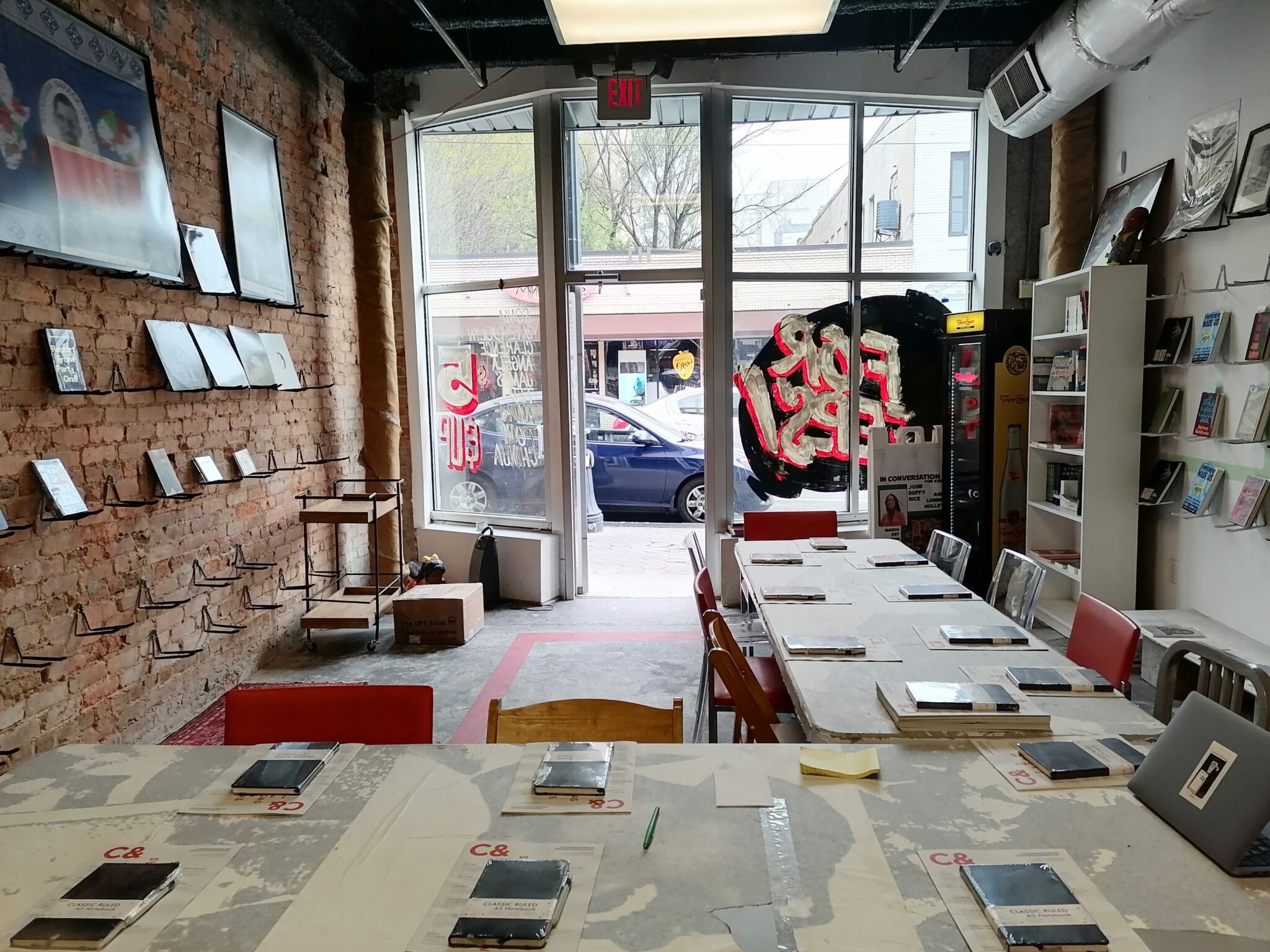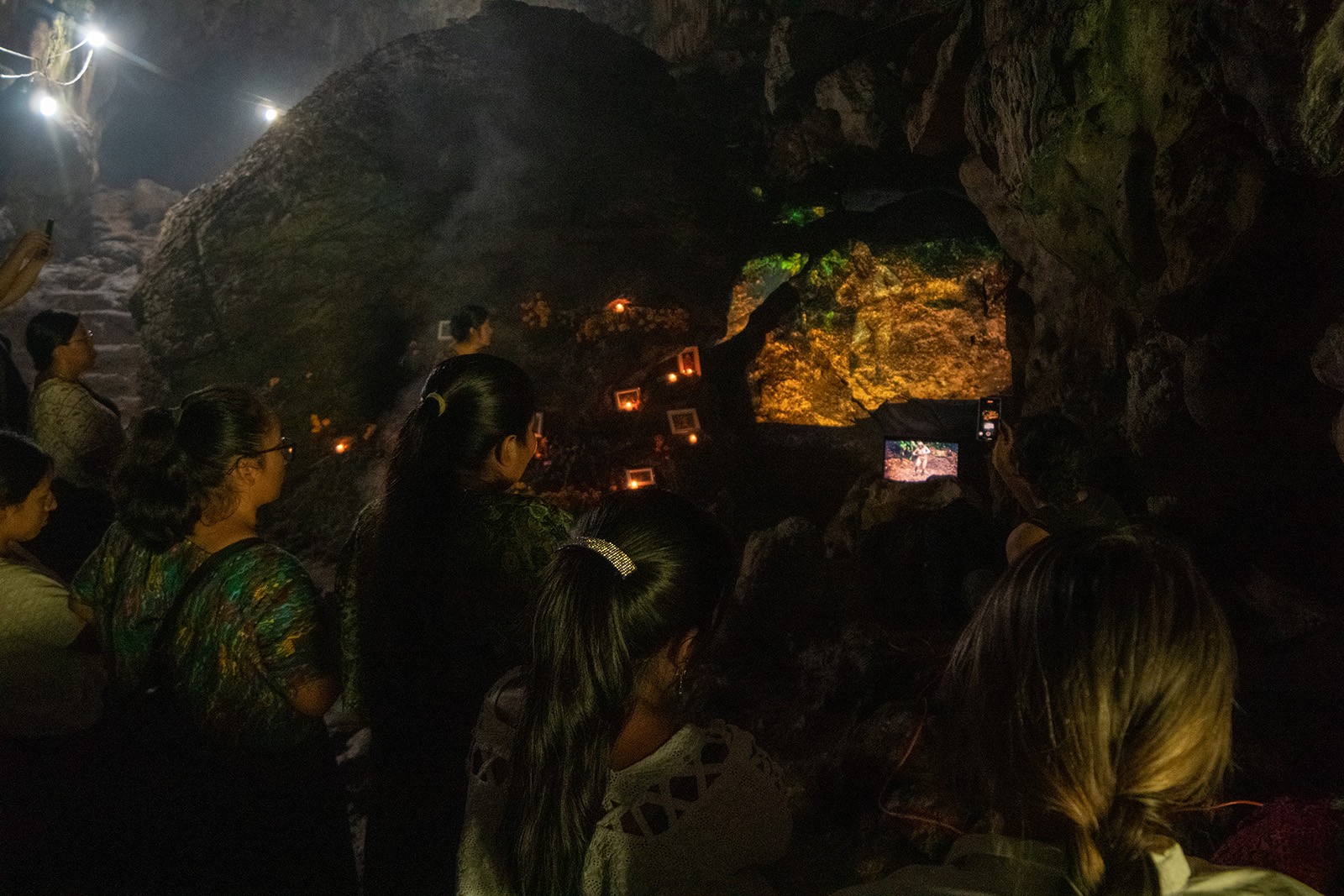Collaborative Criticism

18 April 2017
Magazine C& Magazine
9 min read
In the series Curriculum of Connections, we bring together critical voices, ideas, and projects working towards educational, artistic, and research practices. In this space, we learn, unlearn, and co-investigate old and new territories of knowledge systems, collaborations, and imagination. Martha Kazungu: Could you briefly explain why and how you started Àsìkò. Bisi Silva: Àsìkò started for …
In the series Curriculum of Connections, we bring together critical voices, ideas, and projects working towards educational, artistic, and research practices. In this space, we learn, unlearn, and co-investigate old and new territories of knowledge systems, collaborations, and imagination.
Martha Kazungu: Could you briefly explain why and how you started Àsìkò.
Bisi Silva: Àsìkò started for two reasons. One, because I am interested in exploring different curatorial formats beyond the exhibition space. And two, because I wanted to fill the critical gap that exists across the continent in which unfortunately the art education system does not include critical theory, art history, research methodologies and conceptual strategies that underpin artistic and curatorial practice today.

<figcaption> Teju Cole, Wangechi Mutu, Tibebeselassie Tigabu, Berhamu Ashagrie Deribew, Robel Temesgen at the Addis Show Symposium held at Goethe Institut in Addis Ababa. Photo: Papa Shabani
MK: We have met a number of great personalities on the faculty, how did you select them?
BS: Fortunately I was able to tap into my vast network of colleagues from around the world. As you can imagine, at this stage in my professional life, I have met so many people and I feel privileged to be able to invite them to Africa to engage with African artists, the history and culture of the continent. Others are introduced. Many of them are coming for the first time, others I may have worked with in the past but in a different context or capacity and others have participated several times. For example Professor Tamar Garb has been a faculty member for the past4 editions. As a senior academic and art historian I appreciate the way she can break down what might seem like complex concepts and ideas in a way that communicates to everybody. The same goes for research curator at Tate Modern Zoe Whitley who has brought over the past 2 editions incredible professional insight into the curatorial segment of the programme. Also, there are artists like Rwandan artist Christian Nyampeta whom I did not know and who was kindly introduced to me by artist Emma Wolukau-Wanamba. All of them have vast experience in their field and are happy to engage with the diversity of the Àsìkò participants. The knowledge exchange and production is mutual. Few of the faculty have the experience of teaching or facilitating a room of 15 artists and curators from over 9-10 African countries. The exchanges and interactions are intensive and enlightening for both parties.

<figcaption> Yves Makongo, Eyob Kitaba, Ruth Ademasu, Mercy Moyo during a class session at Laphto Art Gallery in Addis Ababa. Photo: Ayo Akinwande
MK: How are you able to provide for the needs of all artists and curators, considering the fact that some are already established and others are upcoming?
BS: I think the most important aspect of Àsìkò is that possibility to interact on multiple levels. By inviting experienced as well as emerging artists and curators, the diversity of skill, knowledge and experiences usually creates vibrant and dynamic synergies in which everybody is learning from one another and in most cases helping each other. In fact sometimes the most experienced or educated participants realise how narrow their specialization or experience can be.
MK: The 2016 edition was the last one in its current format, why do you intend to change the program’s format?
BS: Àsìkò was not set up as a program that would go on indefinitely. I am not a school in the tradition sense! It is first and foremost a curatorial program with a pedagogical objective that was to have a time span of approximately three years. But we discovered that there is a lot of interest as well as a need – on a scale that we had not expected. This has resulted in requests to bring the project to different countries. However, we can’t just keep moving around from one place to the other without thinking of a longer plan. We need to take a step back and really think about what we have done and what more we could do and how.
Also, in order for the project to grow and for the model to be stretched it cannot depend only on me. There are over 80 young artists and curators from nearly 20 African countries who have benefitted from the program and who understand its import. I believe we need to put in place a strategy that allows them to take charge, to take ownership and determine that future. I will stay around for a year or two to assist but I am excited to go and do other projects. As I said, when I started, it was about thinking of new or different curatorial formats so the fact that Àsìkò will evolve into another format, seems to be a natural consequence.
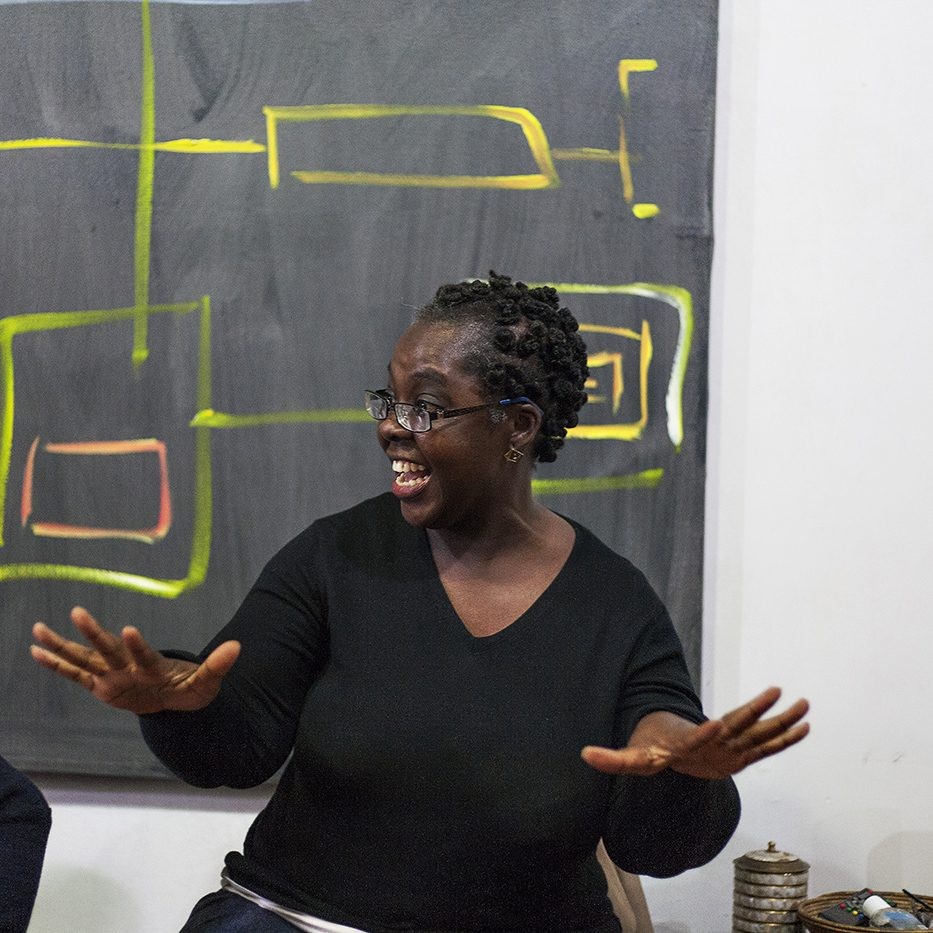
<figcaption> Bisi Silva, Director of CCA Lagos, Àsìkò School. Photo: Papa Shabani
MK: Will you have some sort of platform on which Àsìkò alumni meet and share experiences and progress once the program is completed?
BS: At the moment, I wouldn’t say there is a structured platform but I think that because it is such an intensive programme with close interaction, there are strong forms of bonding amongst the participants. We’ve had had five participants from Uganda for example, over a three year period. You are all connected by a shared intense experience over an extended period of time. Àsìkò 2016 is already using a group Whatsapp to keep in touch. I like the fact that the participants initiate and maintain such a network themselves. It is an organic decision, a result of the amount of time and effort you all want to put into building, maintaining and keeping the network. Undoubtedly the role of social media will be crucial.
But yes I do want to think about ways in which Alumni can meet. And we are starting modestly this year in Accra. Àsìkò in collaboration with the Arts Council of the African Studies Association (ACASA) will be hosting a 10 day curatorial workshop. All the curatorial segment participants have been invited, most of them will meet each other for the first time and I hope that it will lead to future interactions and collaborations. Maybe a Pan-African curatorial network because I think we need continuous support and encouragement for this young profession across the continent.
MK: We have extensively engaged with feminist literature over the course of the study. Why is feminism so important to you?
BS:I wanted to bring a range of literature to the attention of the participants, as well as a focus on feminism especially because I am interested in how the participants relate to it. Many of the female and even male participants mentioned it but could not define it. I hope the readings of texts by bell hooks, Linda Nochlin and others provide a starting point. I am sensitive to making sure that the visibility and the voices of women artists and curators and writers are apparent. Does that mean I am a feminist? maybe ….!
MK: Tell us about the Àsìkò book and the launch?
BS: One great interest of mine is exploring the printed page as a curatorial platform, so this book is being developed as an independent project . The publication is in five parts, covering the call for contribution, commissioned texts about alternative educational platforms and formats, a documentation of the Global Crit Clinic, and an archival presentation of six years of Àsìkò and the appendix section.
One of the main launches will take place in Accra in 2017 during the Arts Council of the African Studies Association (ACASA), the leading forum for Africanist scholars, academics, and other professionals. It has existed for over 30 years but it has never happened in Africa – this year it will. It’s a good opportunity to launch the reader and also have access to an international audience that is interested in Africa.
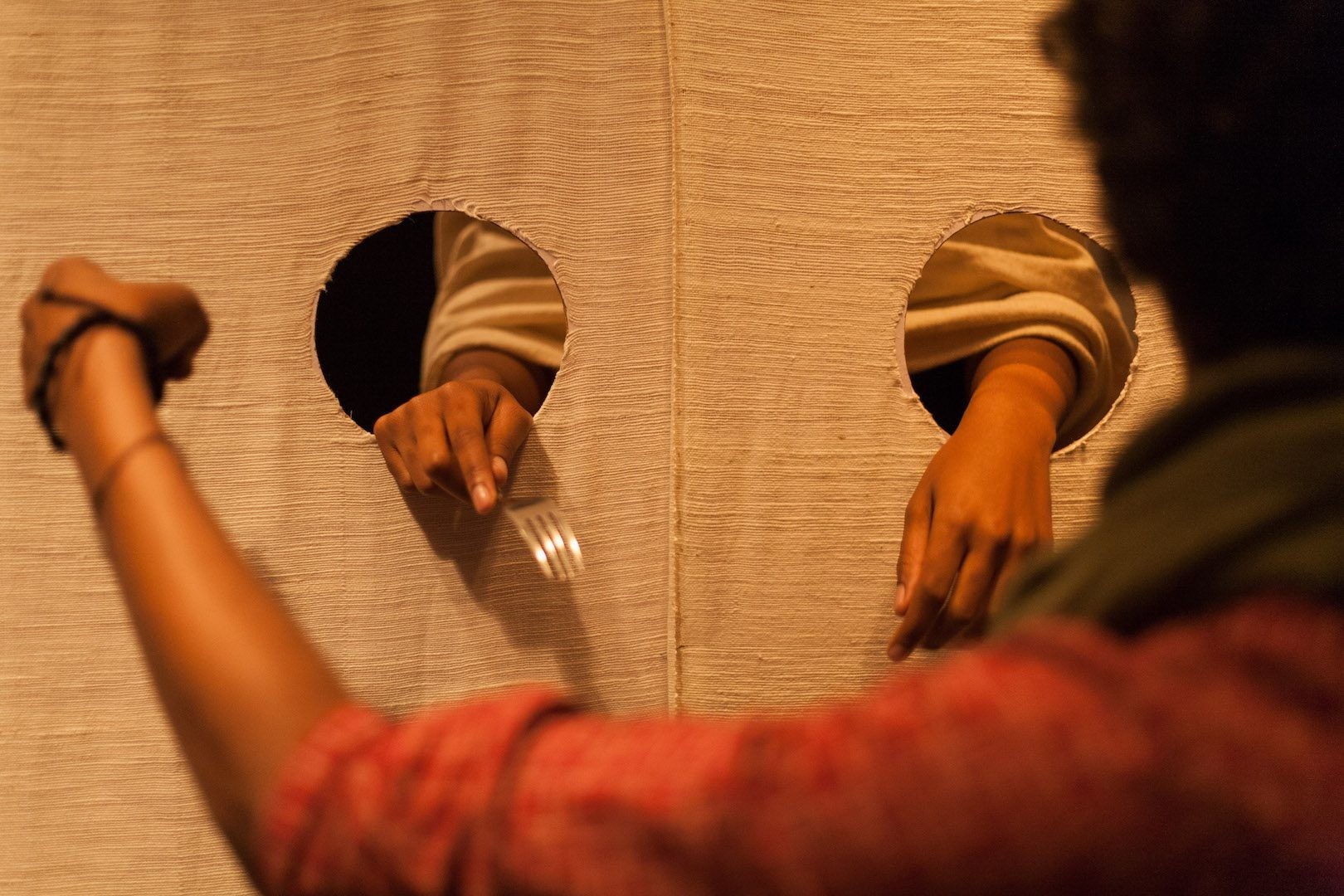
<figcaption> Guarsha installation performance in the Here and Here final group exhibition by the Asiko participating Curators and Artists under the guidance of Bisi Silva. Photo: Papa Shaba
MK: What is your comment on the Here And Here exhibition in Addis Ababa?
BS: The exhibition was really exciting. What I always say is that it is all about the process, the journey that takes us to a certain place. The idea of the exhibition allows participants to really understand what it means to collaborate. The premise is that if can you work together, there can be a successful outcome. In one intense week, we went from being one team to being different teams, to liking and disliking each other, to coming back together, to channeling everything into our creativity to collaborating and in the end presenting the best of what is possible. What was really beautiful for me was when I saw one of the curators, Mifta Zeleke, and one of the artists, Madiaw, – who almost killed each other - hug after the incredible opening. That was such a beautiful and amazing gesture. It encapsulated exactly what Àsìkò is about. Let’s fight, let’s argue, because we all don’t want to talk in one voice but then let us find a compromise. In the end when you find it, however way you do, it becomes special.
Martha Kazungu is a young curator and writer, based in Kampala. She is currently working with the Institute of Heritage Conservation and Restoration (IHCR).
Read more from

Confronting the Absence of Latin America in Conversations on African Diasporic Art
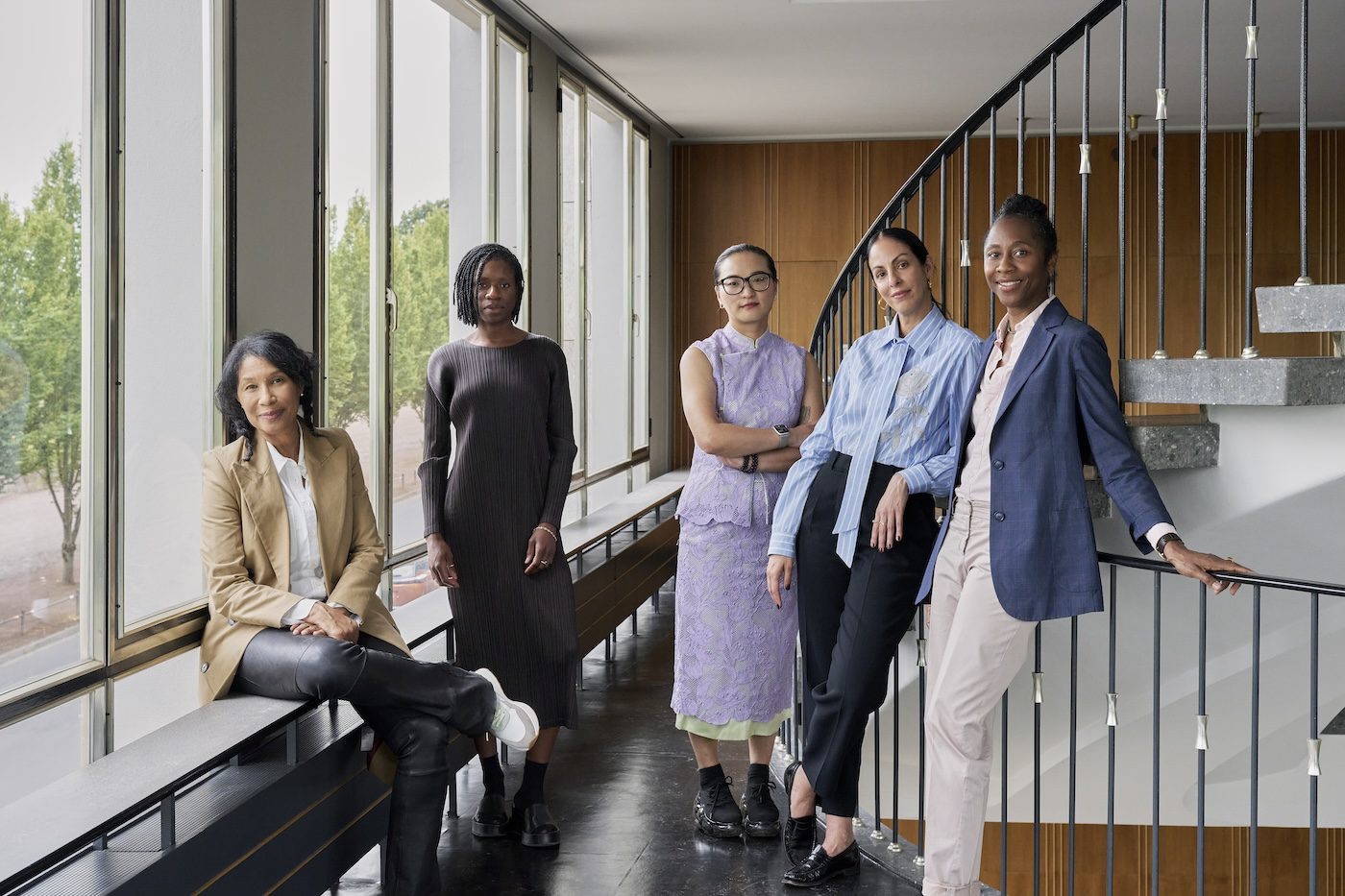
Naomi Beckwith Unveils Core Artistic Team for documenta 16
Read more from
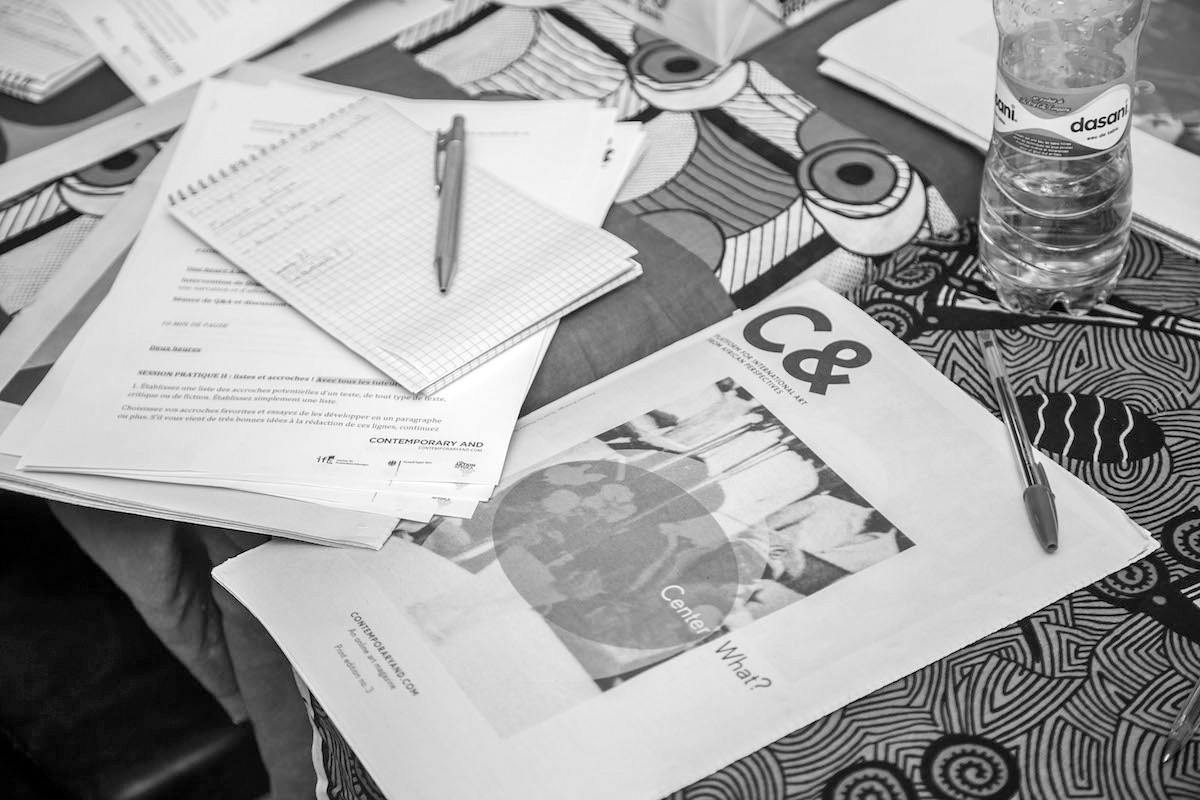
Critical Writing Workshop

C& Critical Writing Workshop will take place in Rio de Janeiro
